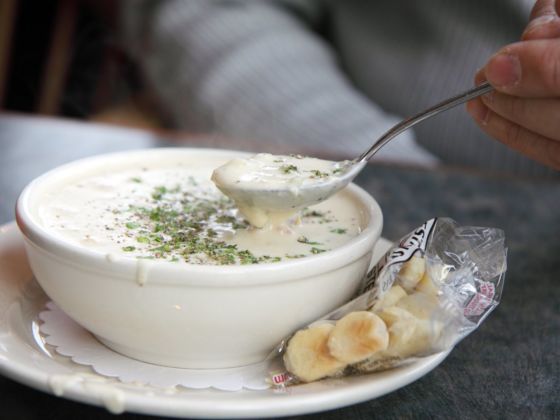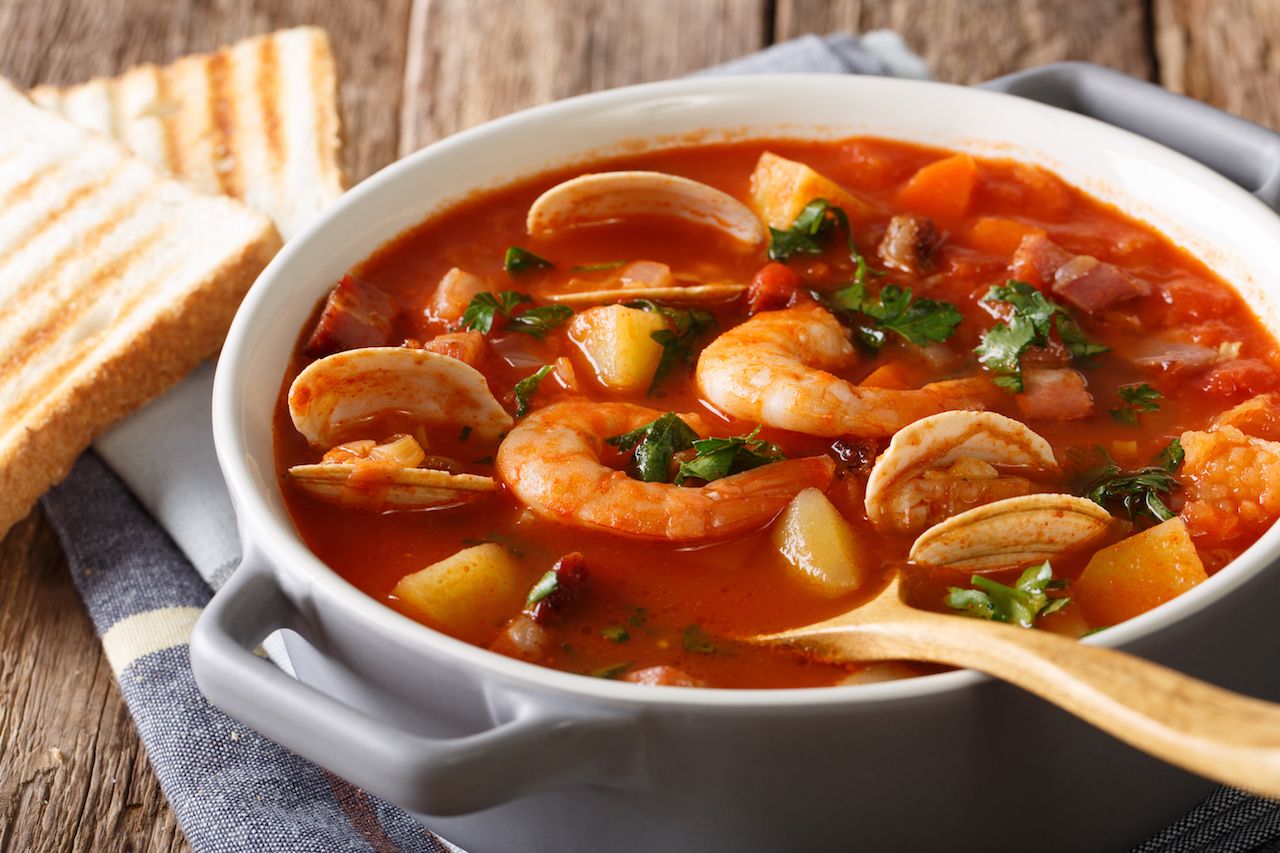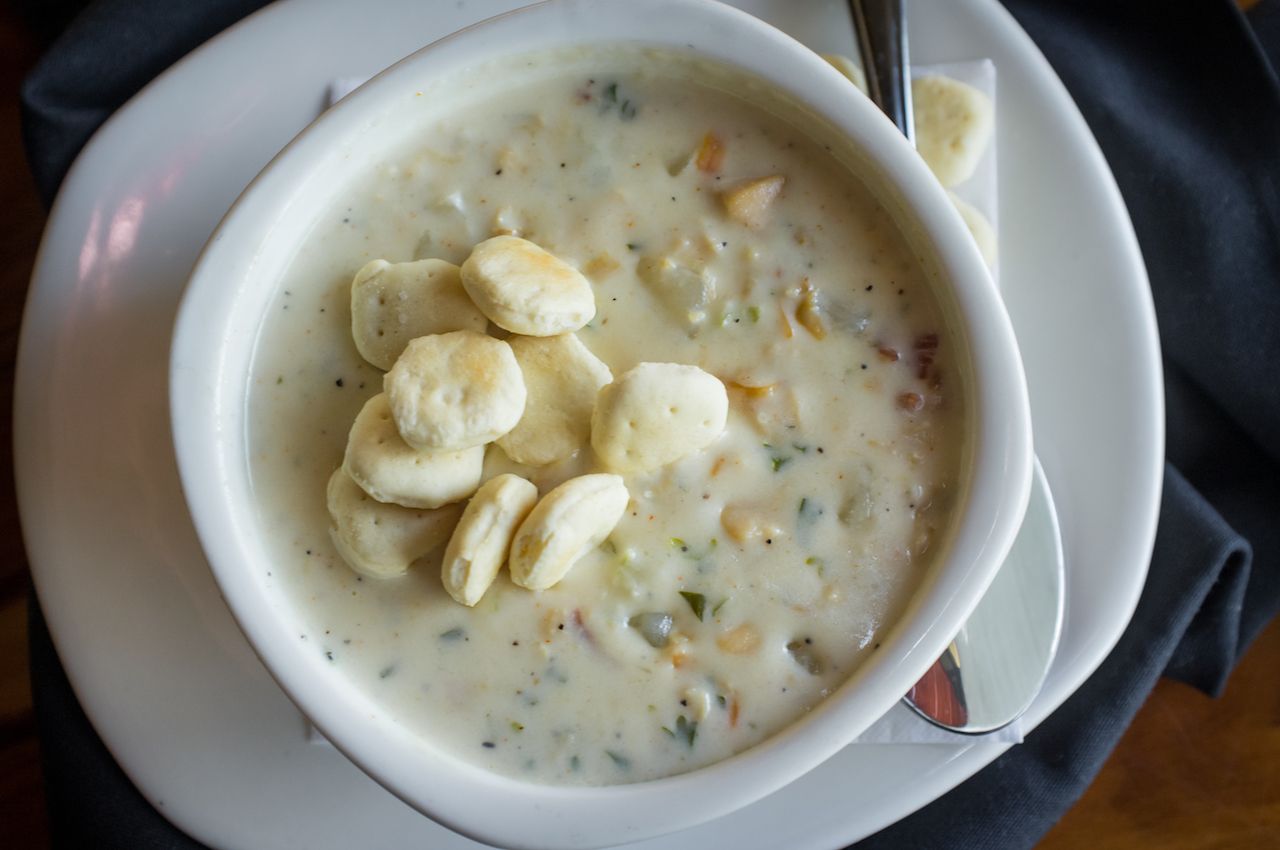All clam chowders are not made equal. You’re likely familiar with the basics of clam chowder, but if you’ve ever traveled up the Northeast coast, you know it’s much more complicated than a simple order. There are four distinct styles of clam chowder — and only one of them is the best.
All clam chowder has the basics: clams, potatoes, salt pork or bacon, and onion. After that, it’s a wild, wild clam chowder country out there. From the tip of New England to the bottom of Manhattan and everywhere in between, a debate rages on about which style of clam chowder reigns supreme. Sure, the debate is less fired up than the argument over the best style of pizza, but it’s no less important.
These are the four main types of clam chowder you’ll come across in your life, ranked from worst to best.



